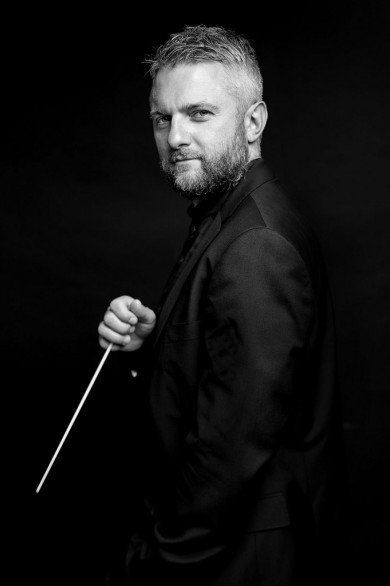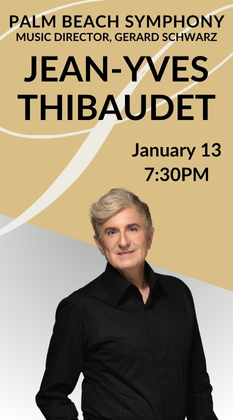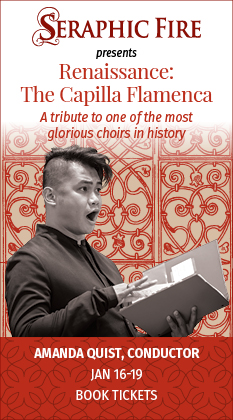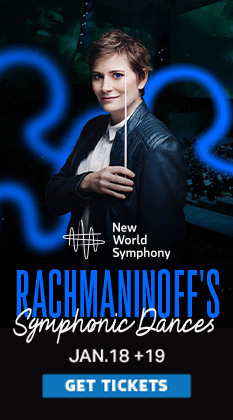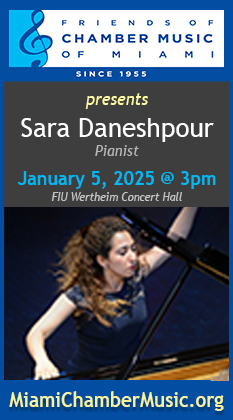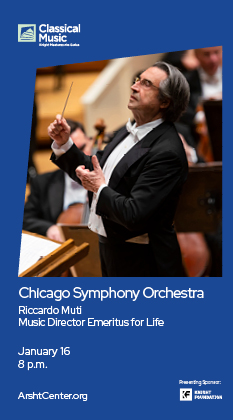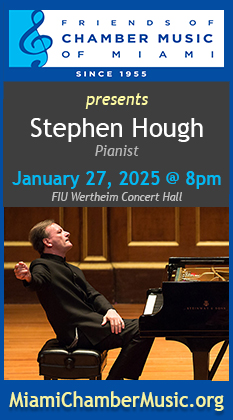Russian National Orchestra brings gleaming virtuosity to Rachmaninoff at Kravis Center
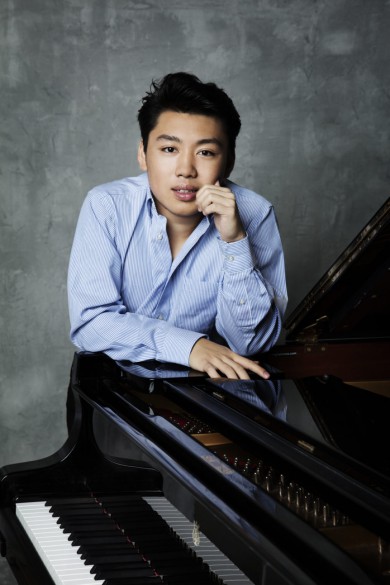
George Li performed Rachmaninoff’s Piano Concerto No. 2 with the Russian National Orchestra Sunday at the Kravis Center in West Palm Beach. Photo: Simon Fowler
Sergei Rachmaninoff’s popularity has often been held against him.
He’s too sentimental, too easy to appreciate. His music translates with suspicious ease into the pop field, where his tunes have been used for countless songs. “How can you play such junk?” the American composer Walter Piston asked the pianist Gary Graffman after a Boston performance of the composer’s Piano Concerto No. 2.
Such attitudes have faded with time, fortunately, and on Sunday an all-Rachmaninoff program was presented at the Kravis Center in West Palm Beach by one of Russia’s greatest orchestras. The Russian National Orchestra, founded in 1990, has quickly distinguished itself from the abundance of other Russian orchestras to take a place among the world’s leading symphonic ensembles.
The concert, led by the Ukrainian conductor Kirill Karabits, presented Rachmaninoff’s Vocalise, Piano Concerto No. 2 and Symphonic Dances, showing the scope of the composer’s output—the master melodist, the virtuoso pianist writing demanding music for his own instrument, and the man haunted by church music and capable of surrounding it with nervy, manic music of his own.
The concert opened with one of Rachmaninoff’s most famous melodies, his Vocalise. The performance was grave and restrained. Under Karabits’ direction, the orchestra didn’t milk the melody for every drop of emotion, but there was nothing cold about the performance. Karabits drew subtle changes of tempo from the orchestra and led it through swelling crescendos, but let the melody and the eloquence of the composer’s own orchestration largely speak for themselves.
The American pianist George Li, who graduated last summer from a joint-degree program at Harvard and the New England Conservatory of Music, took the stage for Rachmaninoff’s Piano Concerto No. 2. Li is a first-class virtuoso, with an exciting, edgy style that makes the most of Rachmaninoff’s bravura flourishes.
Still, there were times when a lighter, more lyric touch was needed. He played with a hard-edged, brittle tone in the smoky second theme of the first movement, giving a matter-of-fact feel to one of the composer’s most sensuous melodies. But Li isn’t simply a pianist with great technique and nothing else. The excitement and blazing power he brought to the crashing crescendo that leads to the orchestra’s restatement of the first theme represented much more than just getting the notes right.
He brought a gentler touch to the Adagio, creating a glowing mood against the mellow tones of strings and winds. In the climactic ending, where the orchestra plays the main theme, the soloist brought ardor and intensity to the chords that accompany the orchestra.
In the last movement, he played with dash in the opening cascade of notes. Throughout with his assured technique, Li’s articulation was such that fast passages never became a blur. Violas and violins brought ample heat to the famous second theme. Toward the end, Li brought show-stopping power to the chords played against the theme in the orchestra, holding back at moments to give the passage maximum force.
The concert ended with Rachmaninoff’s final work, the Symphonic Dances. The performance was full of driving energy, although Karabits allowed the musicians the room to relax into the melodies.
In this work, all of the orchestra’s virtues came into play. The strings, which had a leaner sound than in most large orchestras, played with outstanding precision and unity. Winds brought a warmth of tone and phrasing to their music, with effortless virtuosity in the wild riffs that flew around the string melodies. Brass played with rounded, gleaming tones, blending into the ensemble to an unusual degree, without a trace of the raucousness that can sometime attend even top sections.
The saxophone solo of the first movement was less impressive, coming off with a bland tone, unsteady phrasing and little warmth.
The eerie waltz of the second movement inspired sweeping, manic playing in the strings. There was a wild, swirling quality in the Dies Irae section. Under Karabits, the orchestra seemed to emphasize the sardonic element of the work, making this late Rachmaninoff work seem more of a contemporary to Prokofiev and Stravinsky than a throwback to the 19th century.
As an encore, the orchestra played the “Russian Sailors’ Dance” from Reinhold Glière’s ballet The Red Poppy, performing this orchestral showpiece with verve, whipcrack precision and relentless drive.
Posted in Performances
Leave a Comment
Mon Feb 11, 2019
at 11:34 am
No Comments
